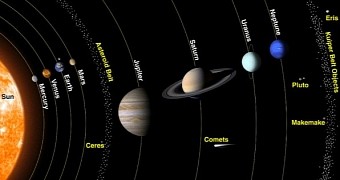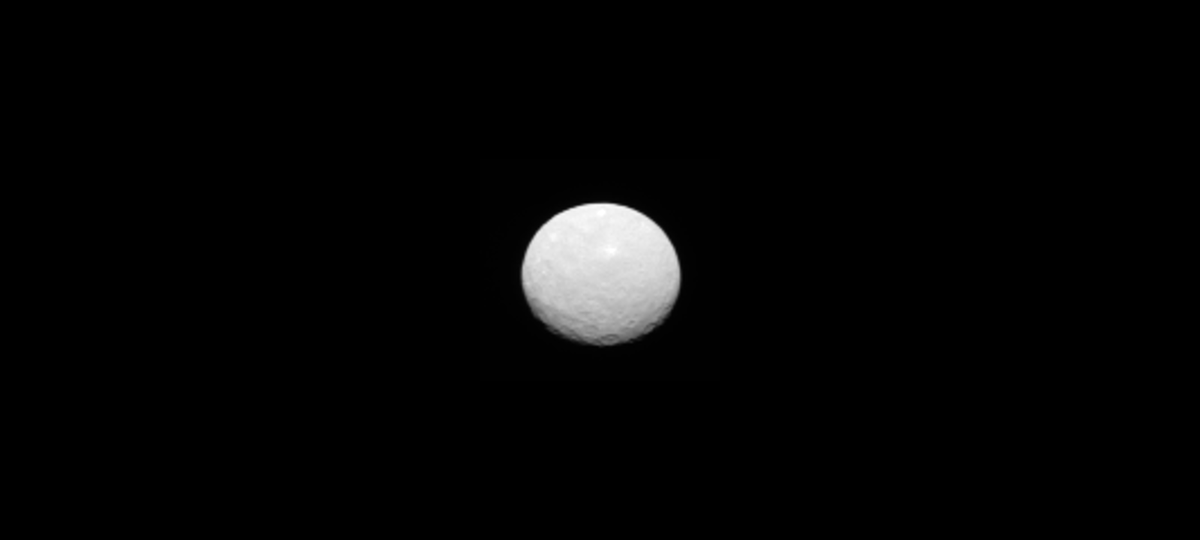Last week, NASA's Dawn spacecraft, now en route to dwarf planet Ceres, beamed back the sharpest view yet of this celestial body. The images, taken on February 4 from a distance of 90,000 miles (145,000 kilometers), are included in the animation below.
The last time NASA's Dawn probe delivered a series of images detailing Ceres' appearance was towards the end of January. In the animation released by astronomers at that time, a mysterious white spot was clearly visible on the dwarf planet.
As it turns out, Ceres does not sport just one odd-looking white spot on its surface. On the contrary, the images that the spacecraft obtained on February 4 show plenty of other such spots on this cosmic neighbor of ours, some of which are fairly impressive size-wise.
So, what's the deal with these spots?
Apart from the obvious, i.e. they make Ceres look like a ginormous golf ball floating around in space, scientists don't have very much to say about these mysterious white spots imaged by NASA's Dawn spacecraft on the surface of the dwarf planet.
There's been some talk about how they might be impact craters, but the fact of the matter is that, at least for the time being, this is just a theory. Simply put, astronomers are clueless about what these spots could be and how they ended up adorning Ceres' surface.
Scientists promise to solve the mystery
As mentioned, the images delivered by the Dawn probe earlier this month are the closest and sharpest view of Ceres astronomers have so far had the chance to feast their eyes on. Thus, they show the dwarf planet at a resolution of 8.5 miles (14 kilometers) per pixel.
The thing is that, come March 6, NASA's probe is expected to finally reach this celestial body and place itself in its orbit. When this happens, even clearer images detailing the appearance of the dwarf planet's surface will surely be obtained.
Hence, astronomers say that it is only a matter of time until they figure out what the white spots on Ceres' surface are and how they got there. Who knows, the spots might turn out to be impact craters after all. Or maybe giant snowmen.
The dwarf planet itself is an enigma
The dwarf planet Ceres, discovered by Italian astronomer Giuseppe Piazzi back in 1801, circles the Sun between the orbits of Mars and Jupiter. It has a diameter of about 590 miles (950 kilometers), which makes it the absolute largest object in our Solar System's asteroid belt.
Although this celestial body isn't all that far away from us, scientists don't know all that much about its anatomy or its chemistry. They suspect that it packs a whole lot of water in the form of ice and could even hide lakes or oceans under its surface, but they haven't yet found any evidence to confirm this theory.
Astronomers expect that, when NASA's Dawn spacecraft begins orbiting Ceres and imaging its surface in unprecedented detail, they will have plenty more data to work with and will, therefore, be able to solve at least some of the mysteries surrounding the celestial body's makeup.

 14 DAY TRIAL //
14 DAY TRIAL // 

